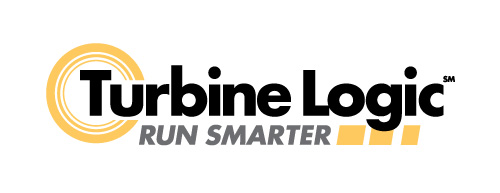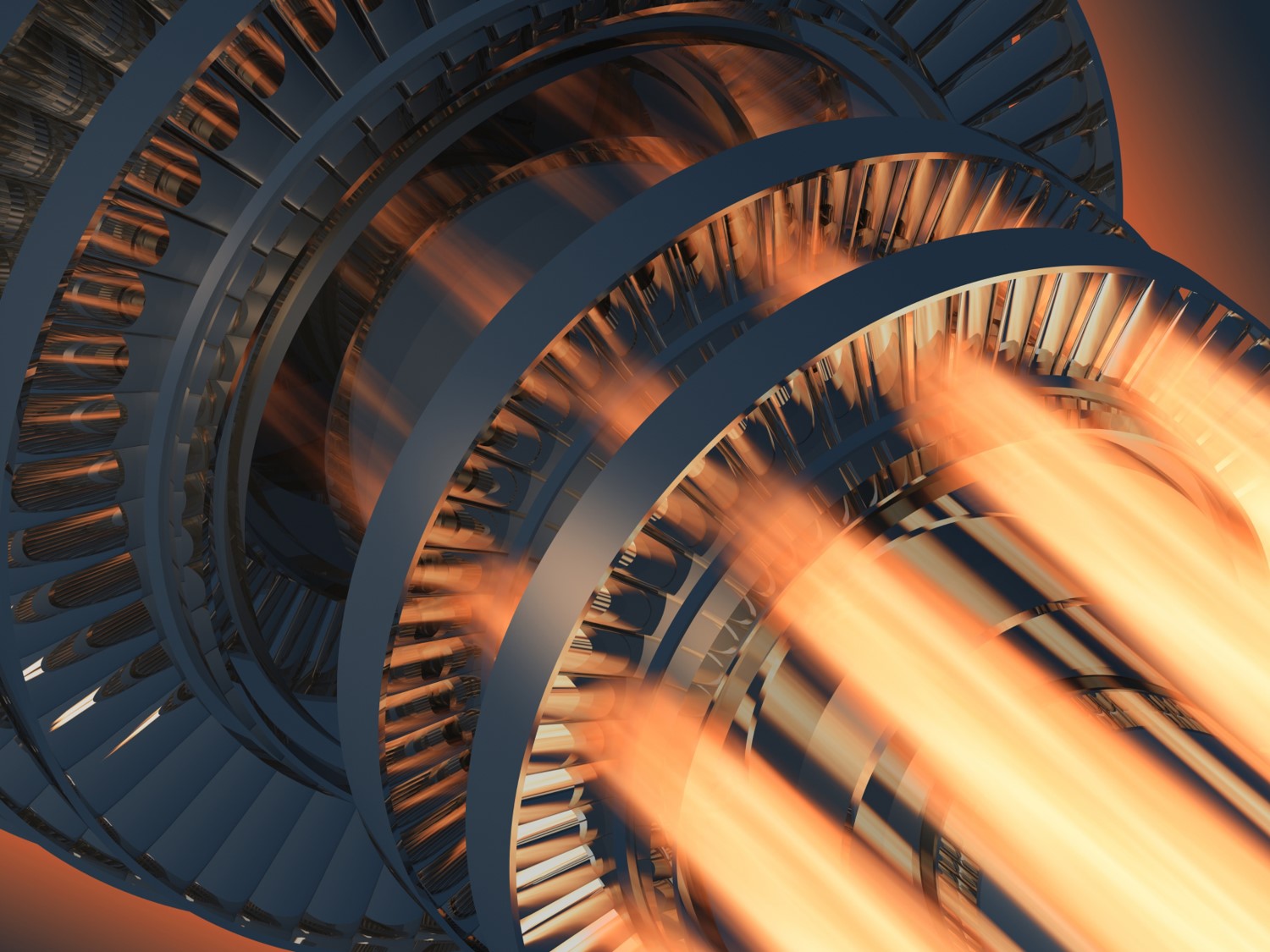This blog continues to summarize ETN Global’s recently published a new report, entitled “ETN Hydrogen Gas Turbines – The Path Towards a Zero-Carbon Gas Turbine.” The main objectives of this report is to highlight potential benefits and challenges on the hydrogen uses in gas turbines. The report also assesses pre-conditions to the implementation of a hydrogen power plant, requirements for retrofit of existing gas turbines, and current capabilities of gas turbines burning hydrogen. For this week, we will take a deep dive into Chapter 3:
01. Advantages of Hydrogen Gas Turbines
02. Pre-Conditions of a Hydrogen Power Plant
03. Hydrogen Combustion
04. Retrofit of Existing Gas Turbines
05. Current Capabilities of Gas Turbines Burning Hydrogen
03. Hydrogen Combustion
ETN outlines the current state of the art in diffusion flames with nitrogen or steam dilution and combustions of pure hydrogen and lean premixed systems. This chapter also discusses challenges and future research needs in hydrogen combustion.
State-of-the-Art
Diffusion flames with nitrogen and water or steam dilution
Combustion systems with diffusion flames and nitrogen or steam dilution can handle up to 100% volume of hydrogen. However, these systems have several disadvantages, including efficient penalty, higher NOx emission, and higher operational costs. To increase fuel flow rate, significant hardware modifications in the auxiliary system are needed.
Lean premixed systems
The lean-premixed combustor technology has much higher potential, yet not sufficiently developed with respect to operation on fuels with high hydrogen contents. The maximum allowable hydrogen concentraion in lean premixed combustors varies significantly across the gas turbine fleet of different original equipment manufacturers (OEMs). Typical values of hydrogen content currently tolerated by different gas turbine classes reach up to 30-50% vol. for heavy duty engines, 50-70% vol. for smaller engines (IGT), 20% vol. for micro gas turbines.
Challenges and Research Needs in Hydrogen Combustion
In the transition to a hydrogen based energy system, fuel flexible gas turbines are needed to utilize blends of hydrogen and natural gas. The Dry Low Emission (DLN) technology has the potential to enable fuel flexible operation at 0-100% hydrogen with low emissions. However, further development effort is required to derive technical solutions with respect to the following challenges:
-
Autoignition: Higher autoignition risk due to lower ignition delay time
-
Flashback: Higher flashback risk due to higher flame speed or lower ignition delay time
-
Modified thermo-acoustic amplitude level and frequencies
-
Increased NOx emissions
-
Other combustion related challenges:
-
Higher pressure drop due to lower Wobbe Index
-
Reduced lifetime / need for more cooling of hot gas path components due to increased heat transfer.
-
Section summaries are adopted from ETN’s full report on Hydrogen Gas Turbines. This report can be found in Here.


